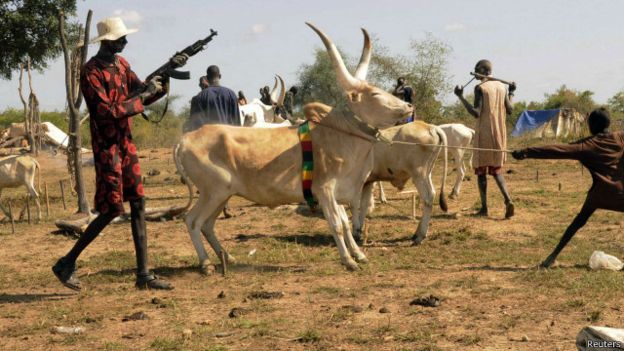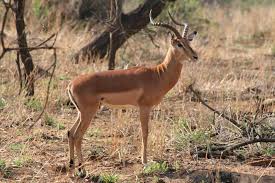Wildlife in Sudan.................
Sudan is a vast country with multi-terrain and climate. It is rich in water resources, natural pastures and forests. It is considered an environment suitable for the survival and reproduction of different species of wildlife. Sudan has been one of the few countries in the world that boasts the largest variety of large mammals on the planet.
• There are more than 34 species of dependency in Sudan and large numbers of wild animals found a safe haven in the areas of dams and marshes in southern Sudan, which can not reach people, which helped to survive and reproduce.
• Sudan is one of the first African countries to have provided natural reserves of wildlife since 1930. There are 6 national parks covering more than 60,000 square kilometers and 19 fauna of wild animals with an area of about 40,000 square kilometers.
There are significant opportunities to invest in wildlife tourism in Sudan, which may include field visits to wildlife reserves, bird hunting trips and some wildlife.
Sudan has an area of 318,505.2 square kilometers and is the largest continent in the African continent at all. The whole of Sudan is located in the northern hemisphere between latitudes 3 and 23 and Sudan can be divided into four geographic regions based on rainfall per year. Rare and rare rain falls in northern Sudan, which is mainly composed of deserts and semi-deserts the Nile River runs through. The rainfall rises as we head south to the poor savannah areas, rich savannahs and forests.
Sudan has a variety of wild animals that are distributed across all geographic regions. In the desert and semi-desert areas, there were quite a few species of deer, such as the normal deer, the deer deer, Abu Harab, Iskimitar and Umm Kabjo, as well as the rabbits. Now extinct.
The Savannah belt has a rich variety of wild animals, and their numbers have recently decreased significantly. In this area we find giraffes and many types of monkeys, such as the monkey, the green snakes, the red snappers, the monkeys, in addition to the sebaa, the hummers, the hyenas, the foxes, the wolves and the little cat. There are many species of birds such as storks, water birds, squid, fennel, valley, kuber, ornamental birds. Here we also find the largest birds on the planet, ostriches.
In southern Sudan, where the annual rainfall rate is the highest in the country, we find different types of deer and deer, such as Buqa, Bongo, Tetel, Hamraia with white ears and Abu Harab, and there were quite a number of elephants and rhinoceros and in the Nile we find the famous Nile and the Crocodile. The number of wild animals in southern Sudan has varied considerably due to prolonged periods of instability. The mountains and hills of the Sudan are surrounded by mountains and hills in the east, west and south, and in the mountains of the Red Sea, the mountain goats (Ayyou), Abu Nataat, Jebel Marra and the Nuba Mountains live in Tallah.
Status of wild animals in Sudan
The current civil and official effort to conserve wildlife in Sudan is unsatisfactory for several reasons. First, many people do not realize the importance of wild animals as a national treasure that should be preserved, developed and developed. In the absence of extension services that raise public awareness of the importance of wild animals, the public has not cooperated with the authorities responsible for the enforcement of laws and regulations that preserve wild animals. Several practices have been introduced that have harmed wild animals and have led to their decline and extinction. These illegal practices include transgressing agricultural projects on the belt area Which isolates the land-locked area from the population centers and agricultural projects, as well as the entrance of herders with their animals. The closed area also recorded violations of entry controls in the area closed by individuals in the population Neighbors for the purpose of collecting honey and the practice of fishing spots in the water. These illegal practices resulted from the absence of laws governing land use or the lax enforcement of laws and regulations that concern the conservation of wild animals. The results were regrettable: animals such as leopard, chitta, giraffe, and gazelle disappeared. A group of animals were expected to be extinct and endangered species, Abu Harab, Iskimitar, Abu Harab, White Ear, Ghazal Al Rayl, Tetel and others.
There is an urgent need to improve the wildlife situation in Sudan, which is currently pathetic. We hope that the end of the era of instability and with the advent of reconciliation and peace in the country will direct more efforts and expenses to preserve wild animals in southern Sudan and in other parts of the country.

.jpg)
.jpg)